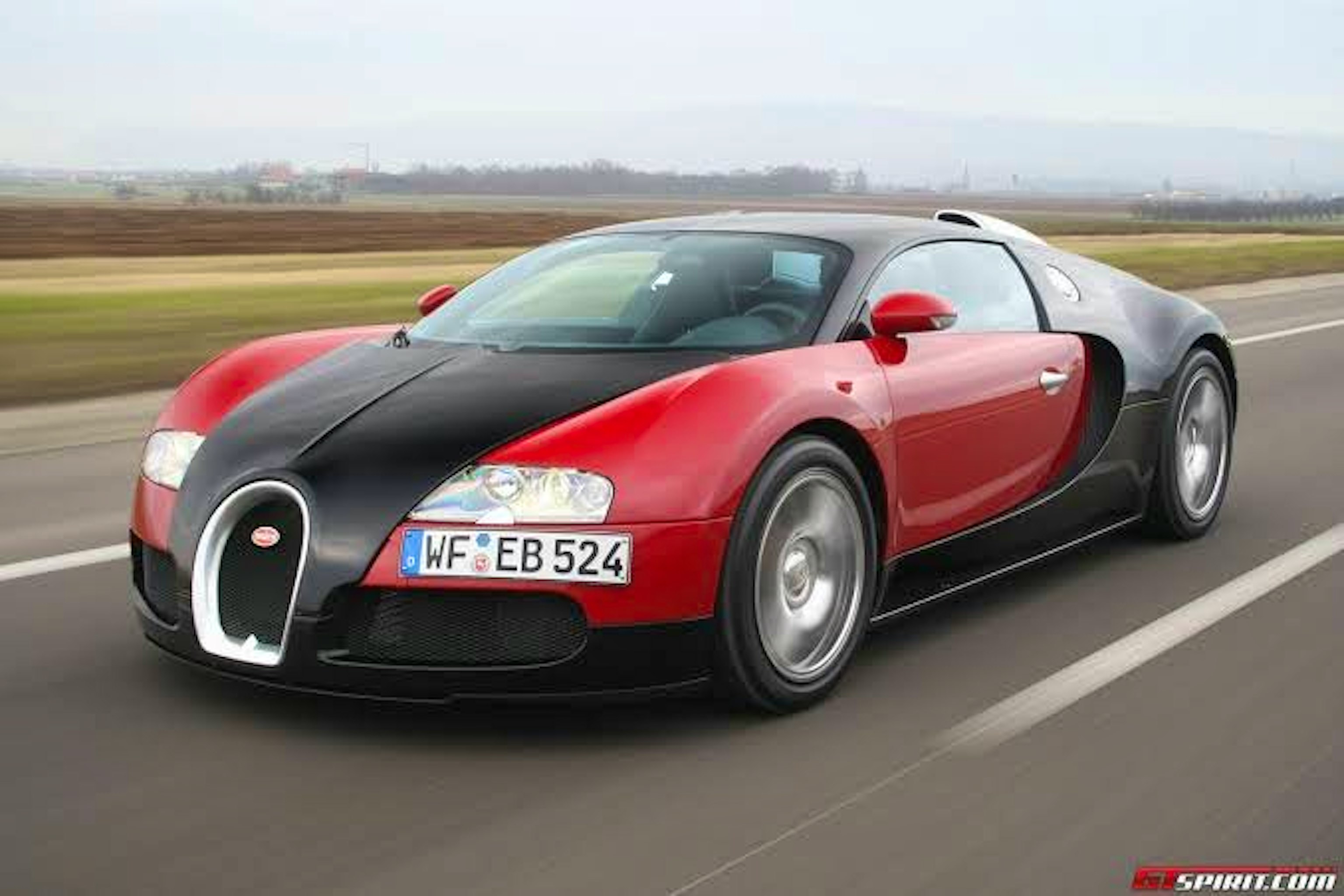

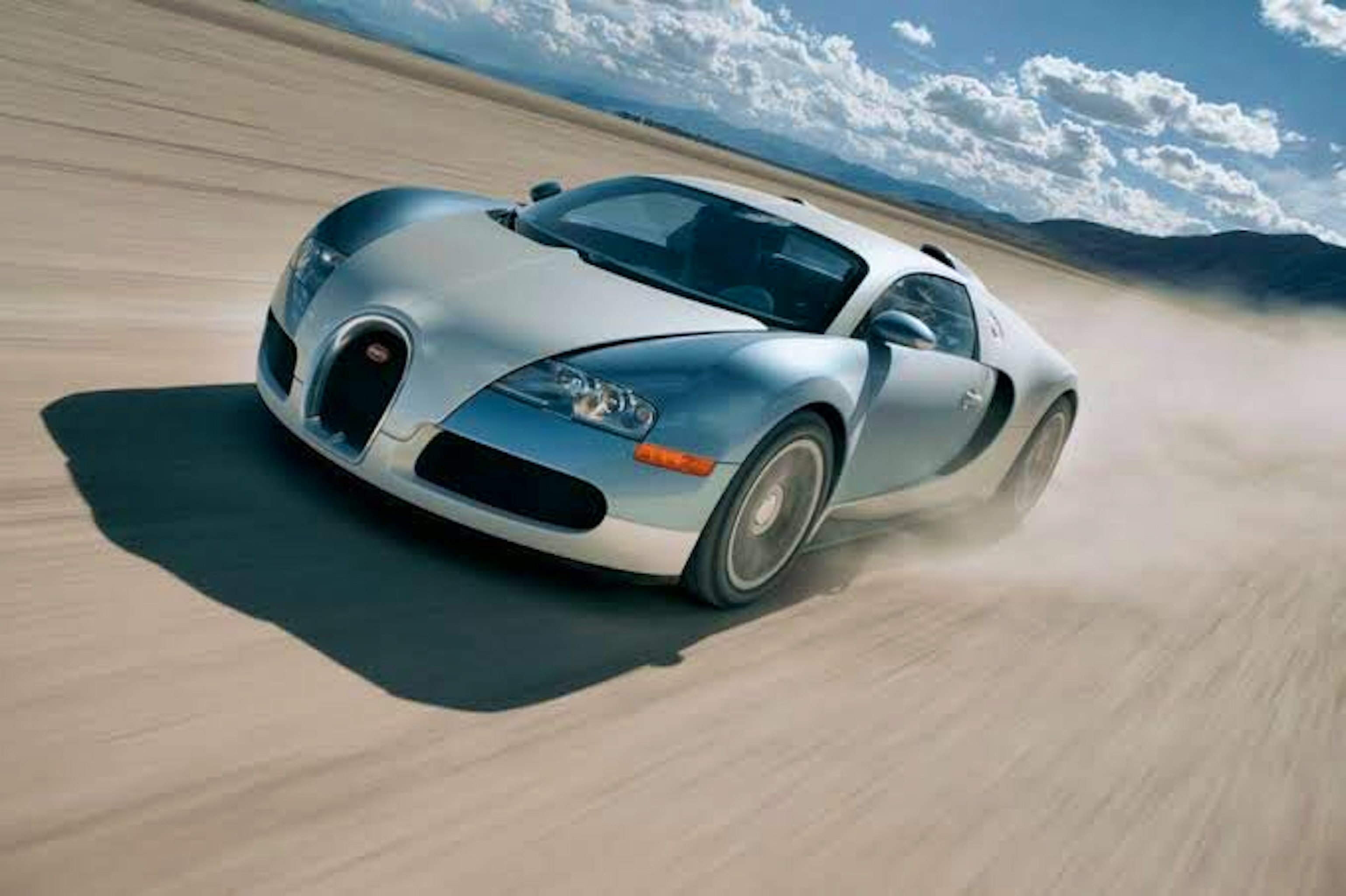
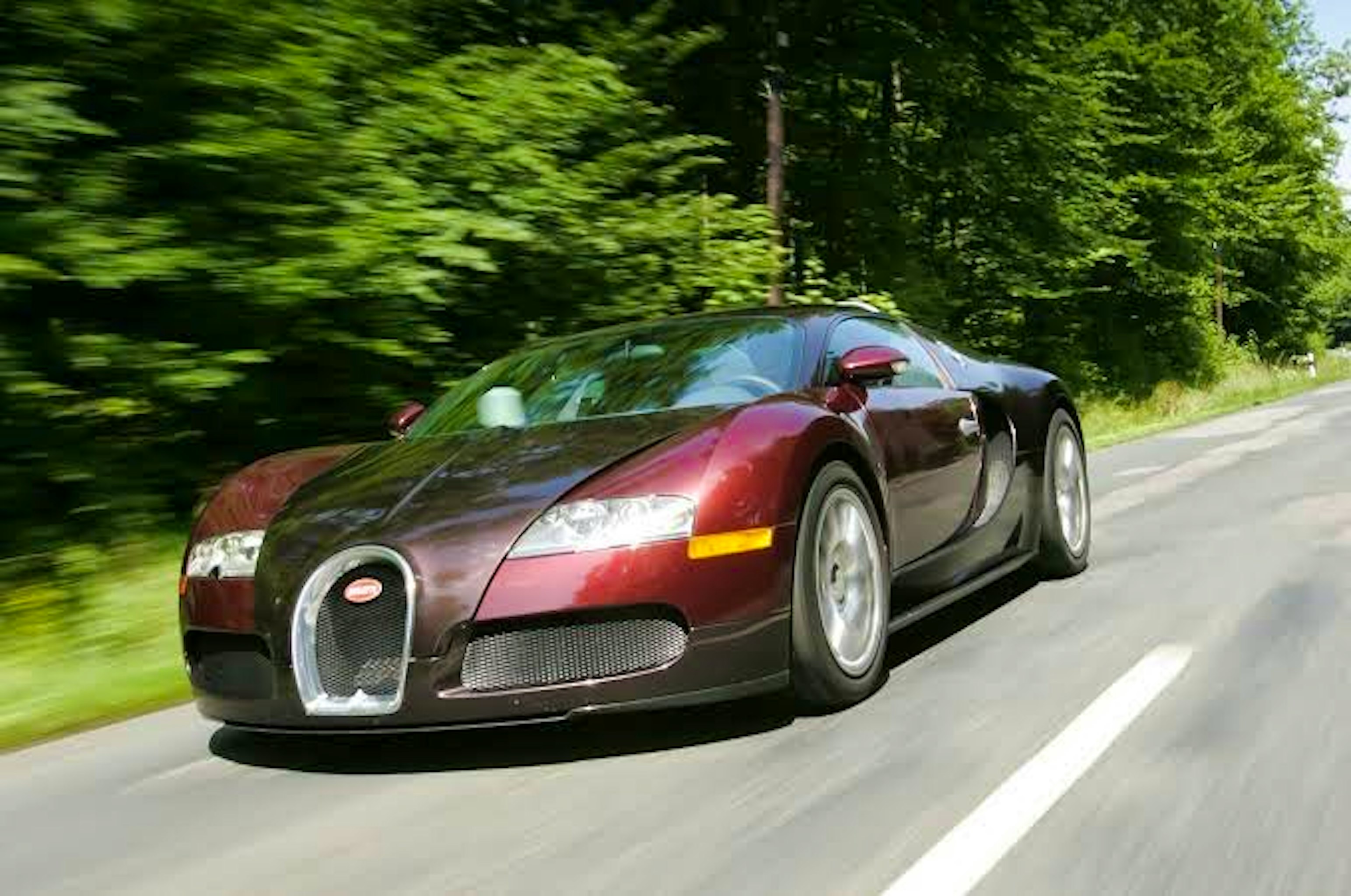
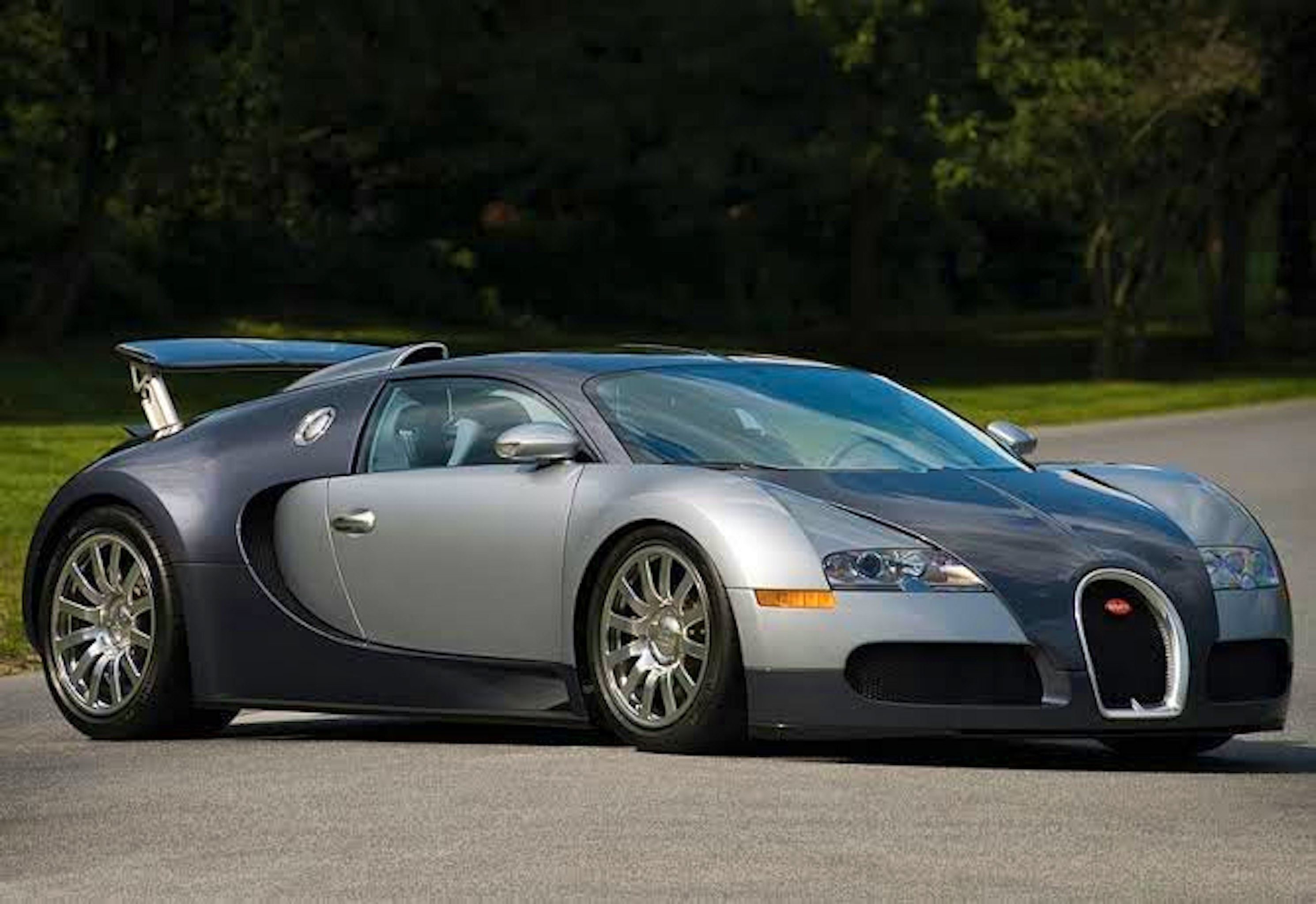
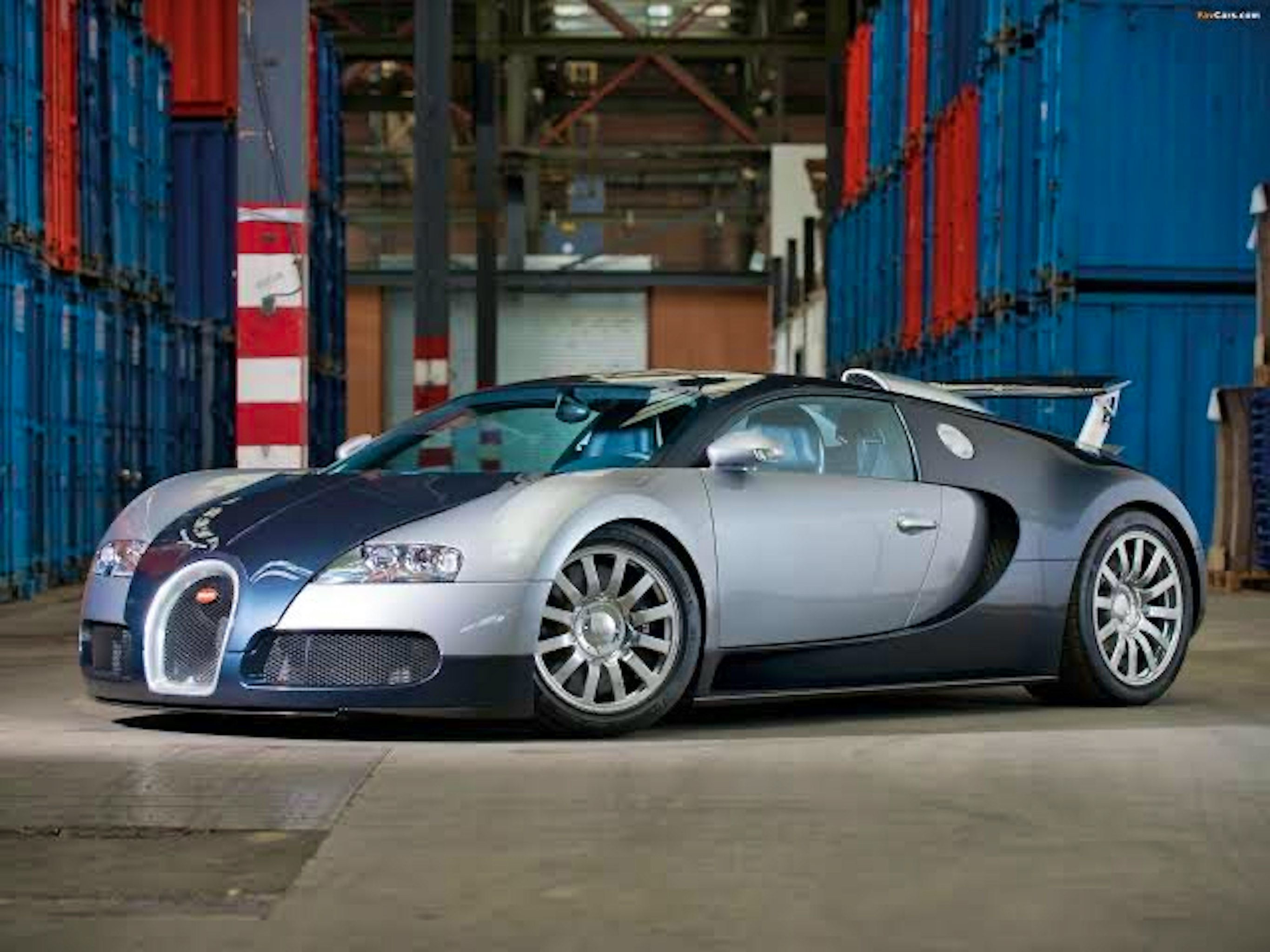
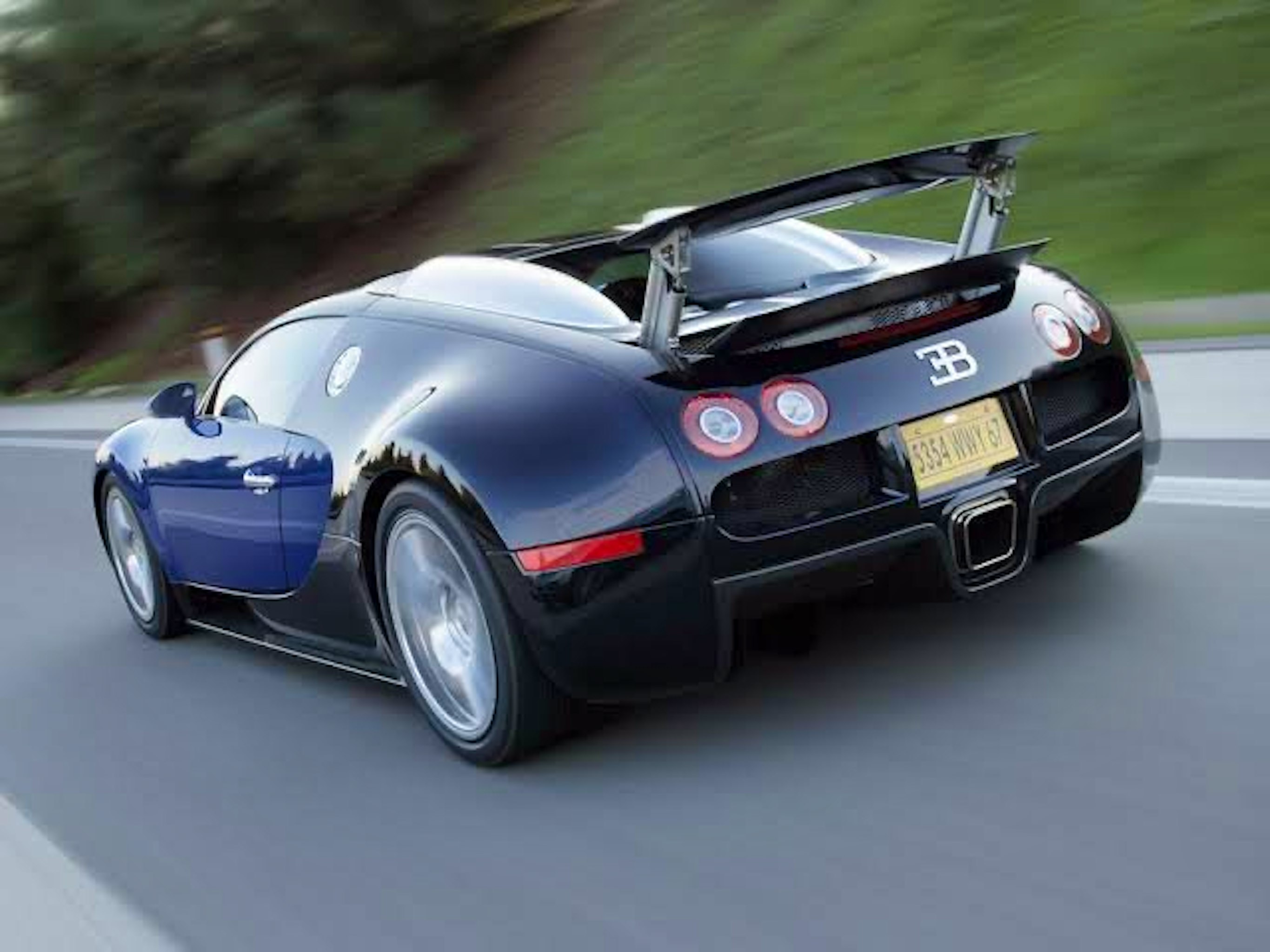
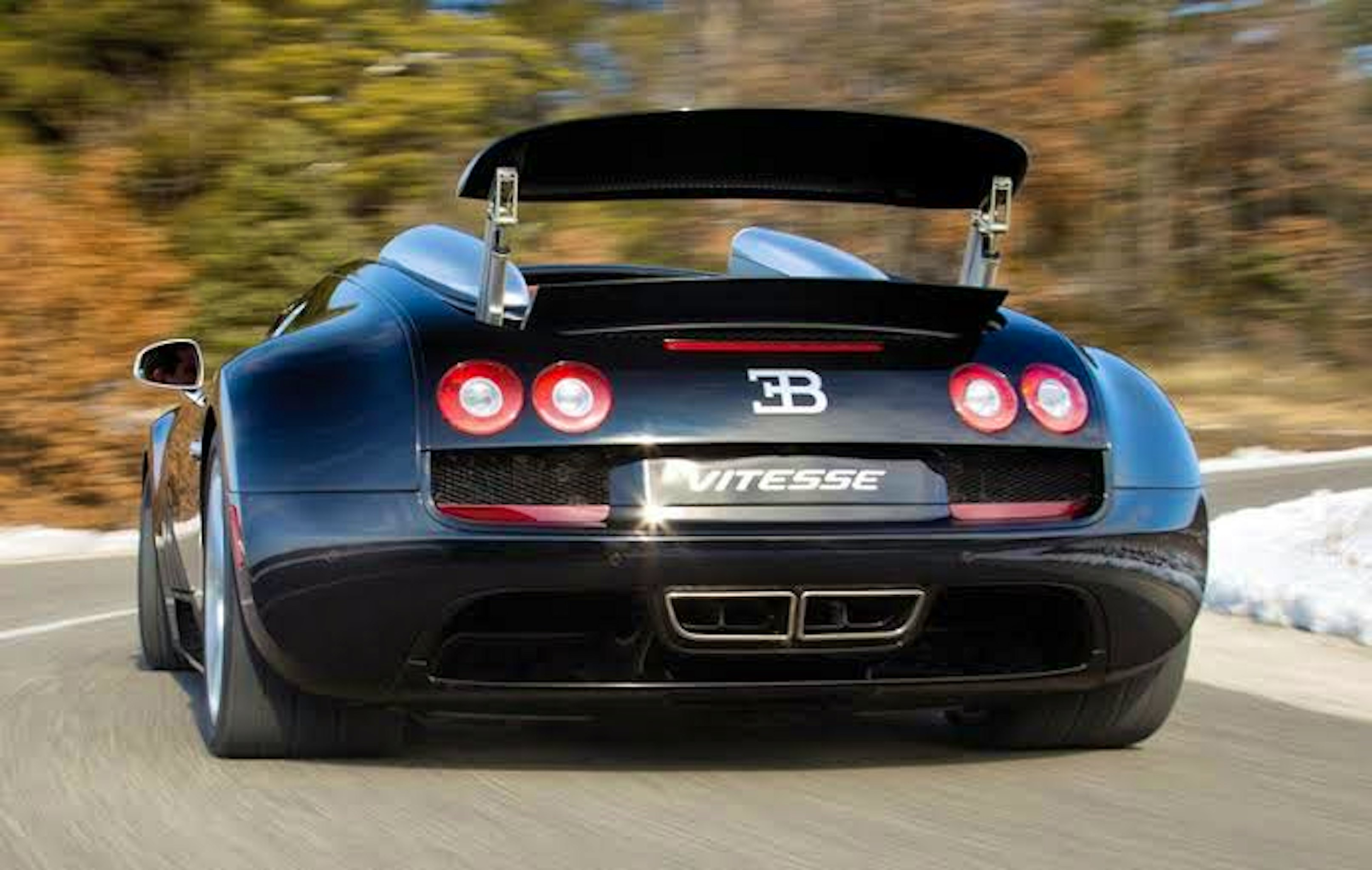
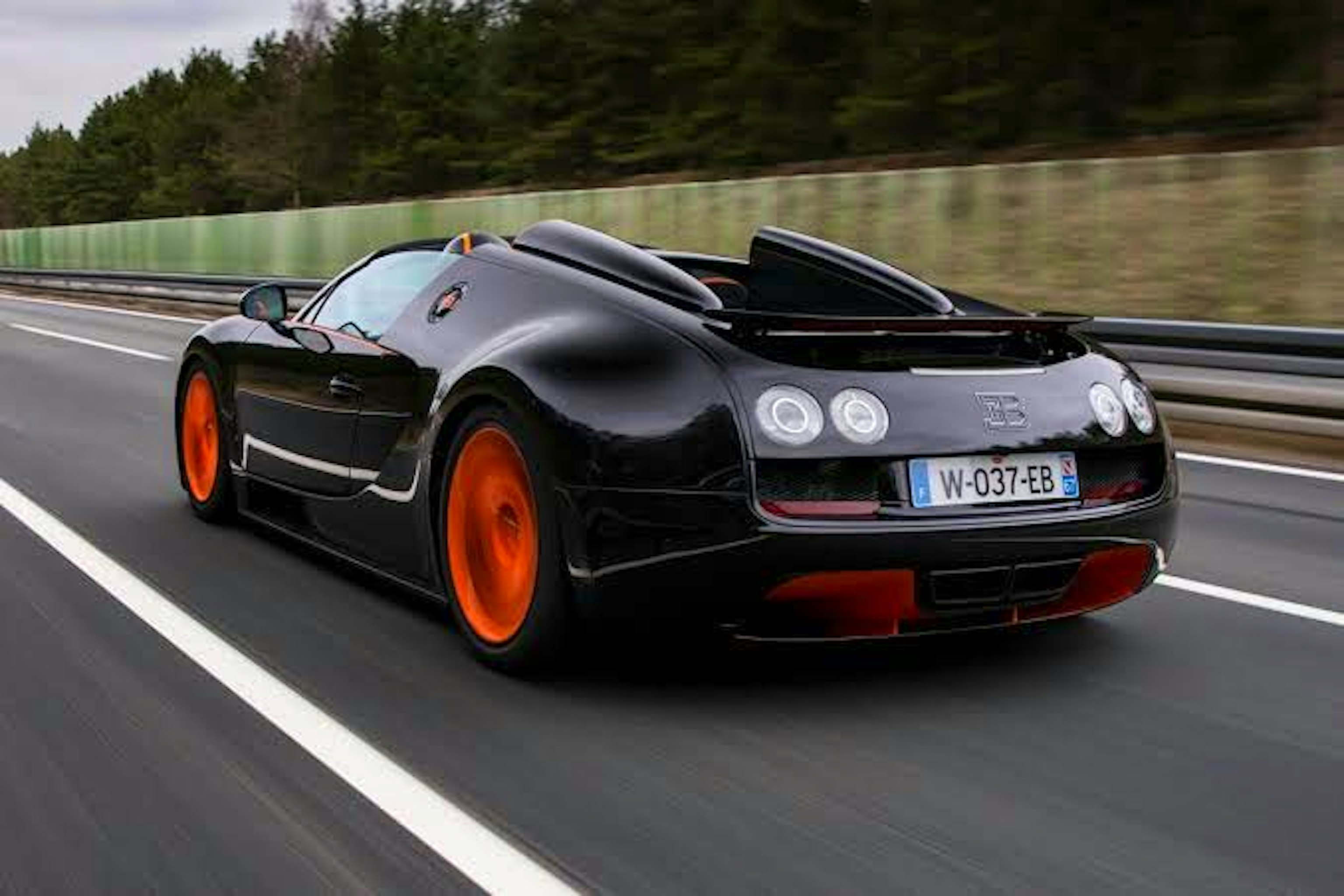
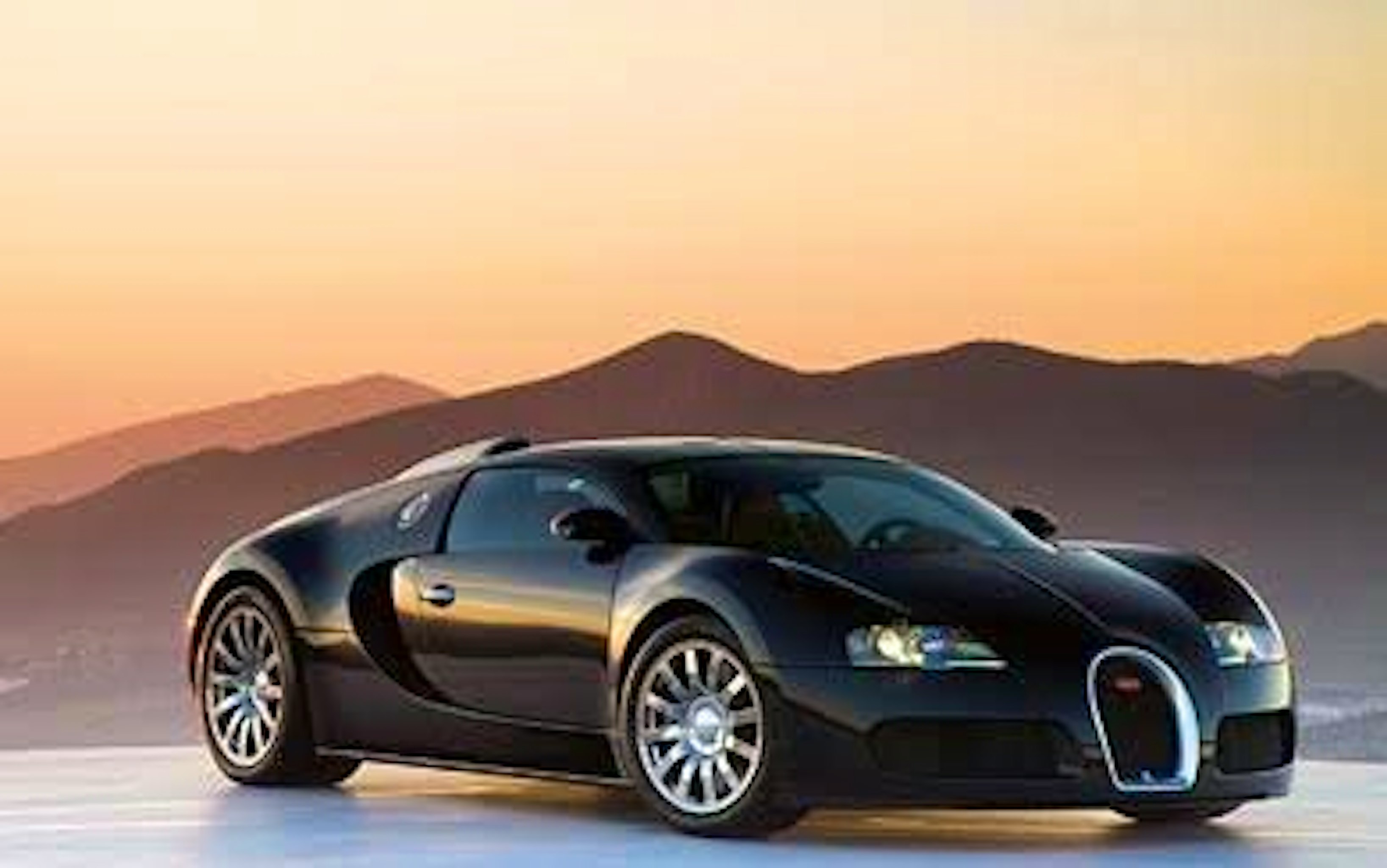
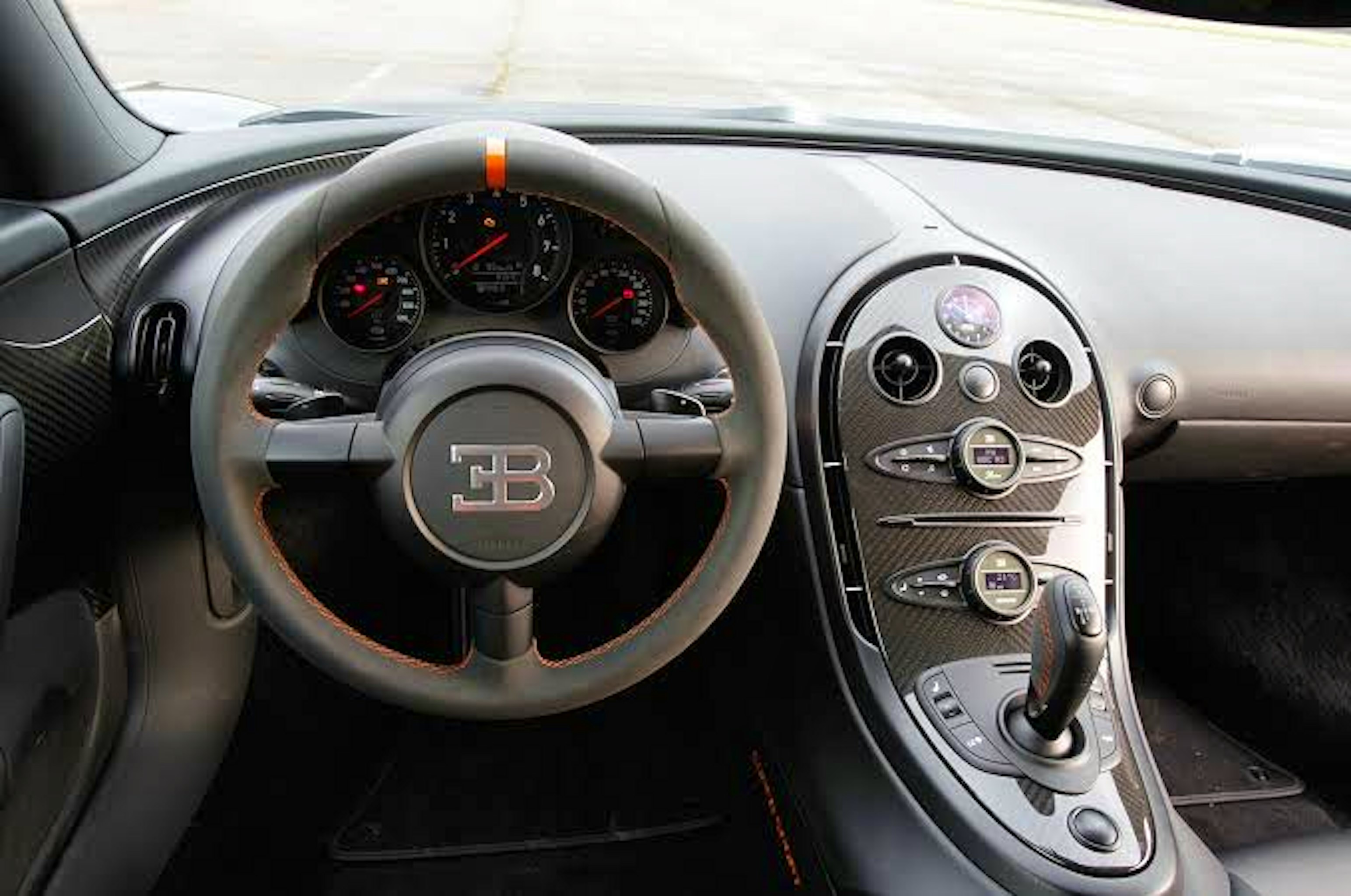
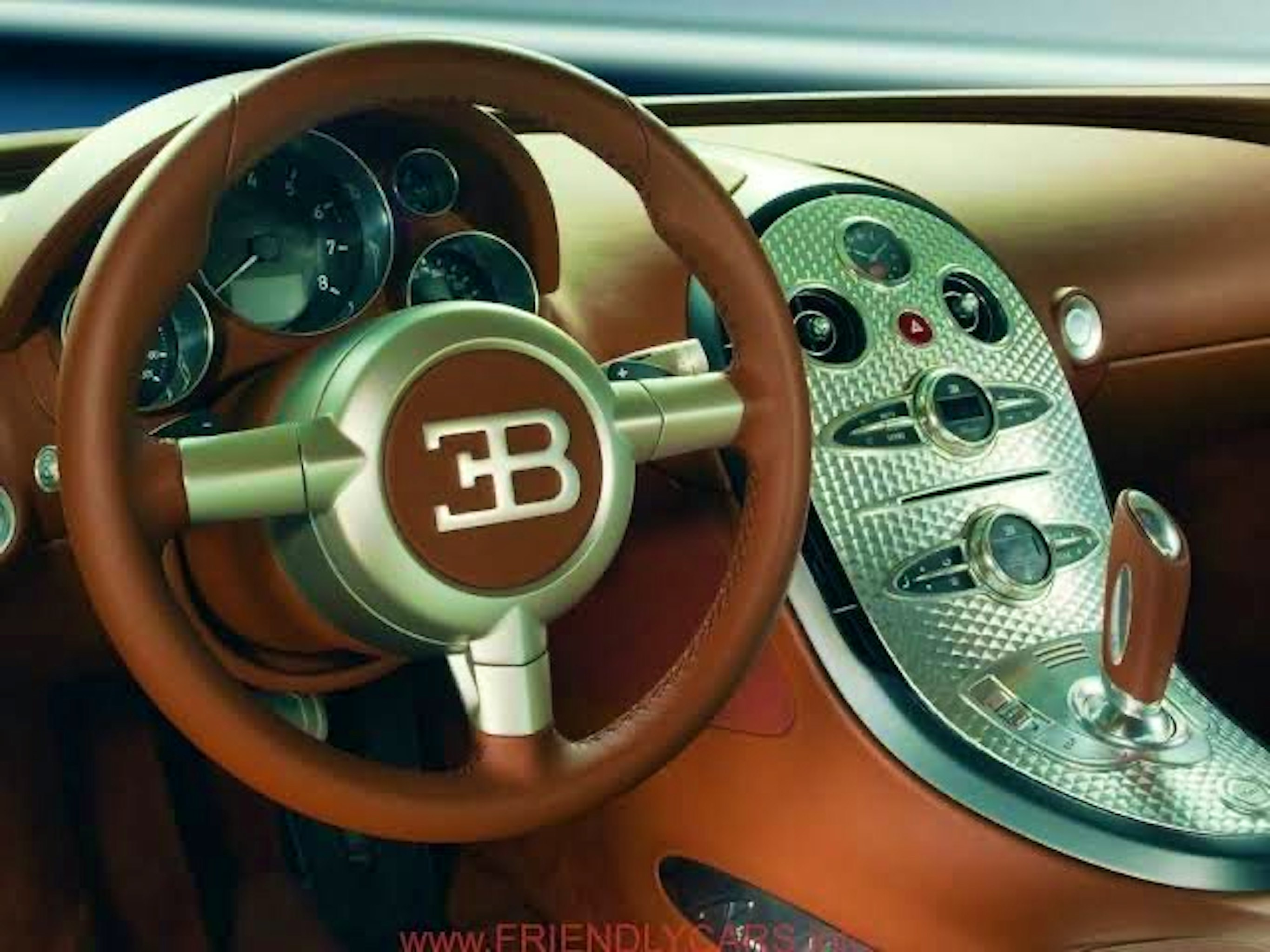
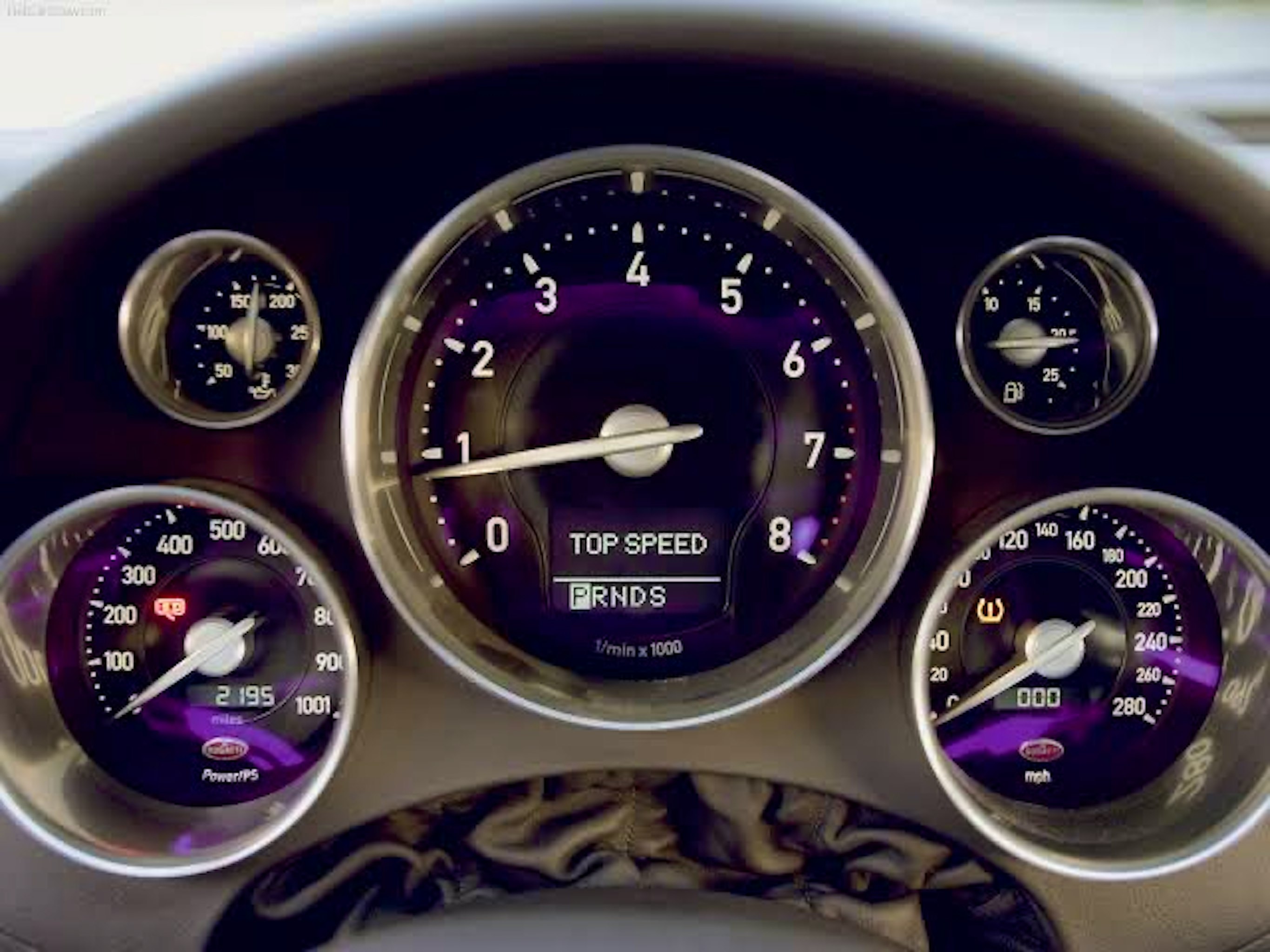
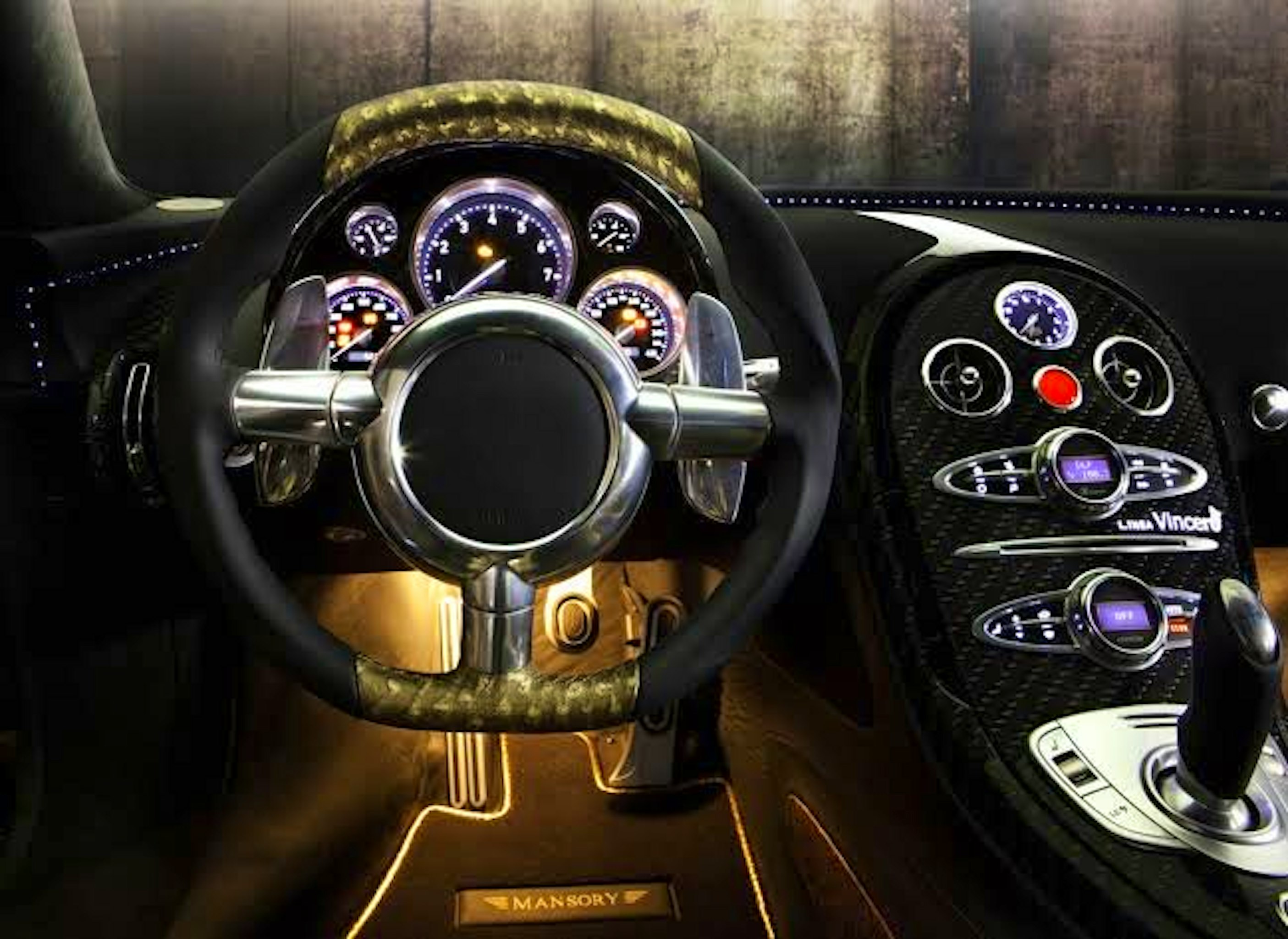
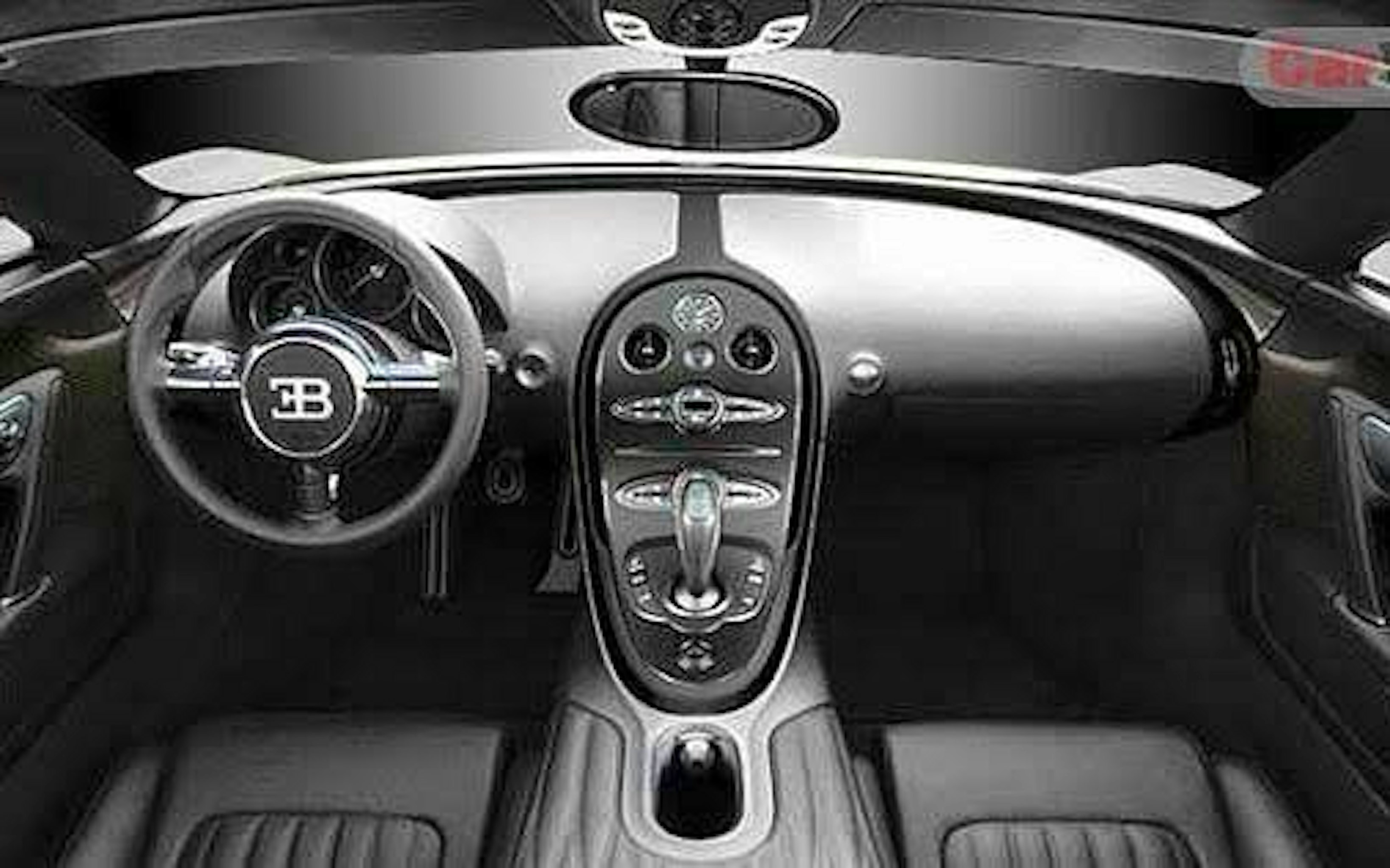
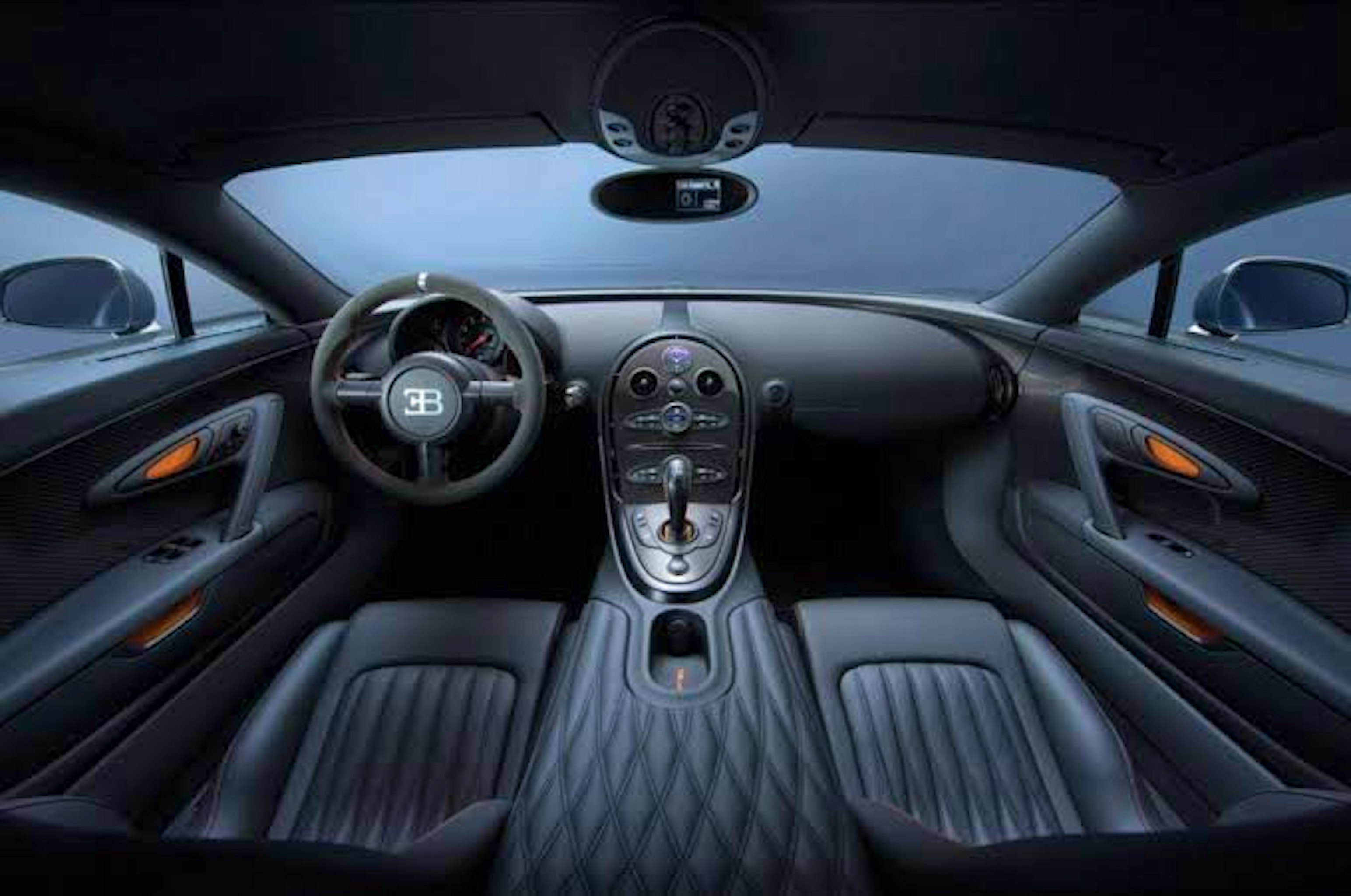
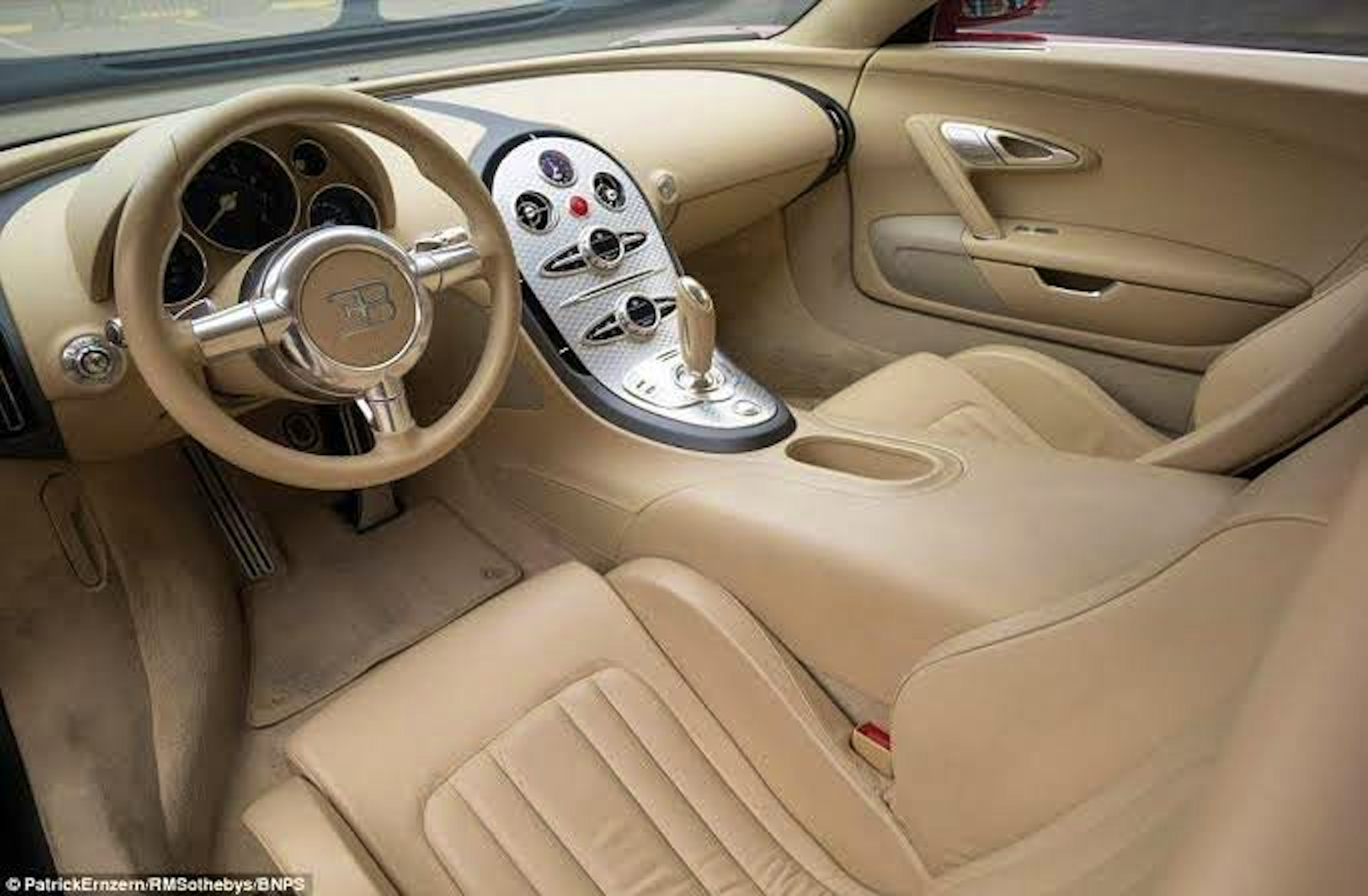
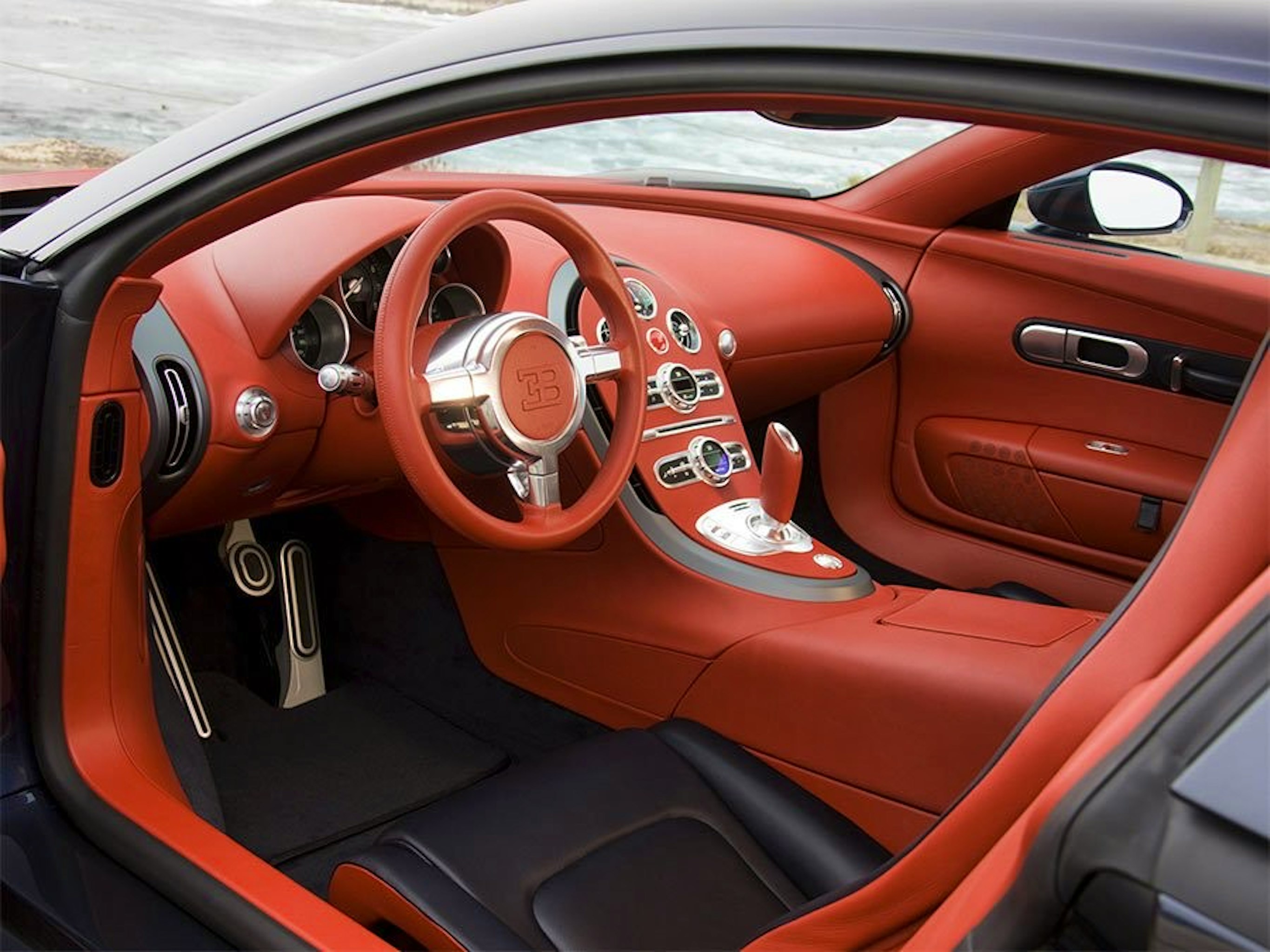
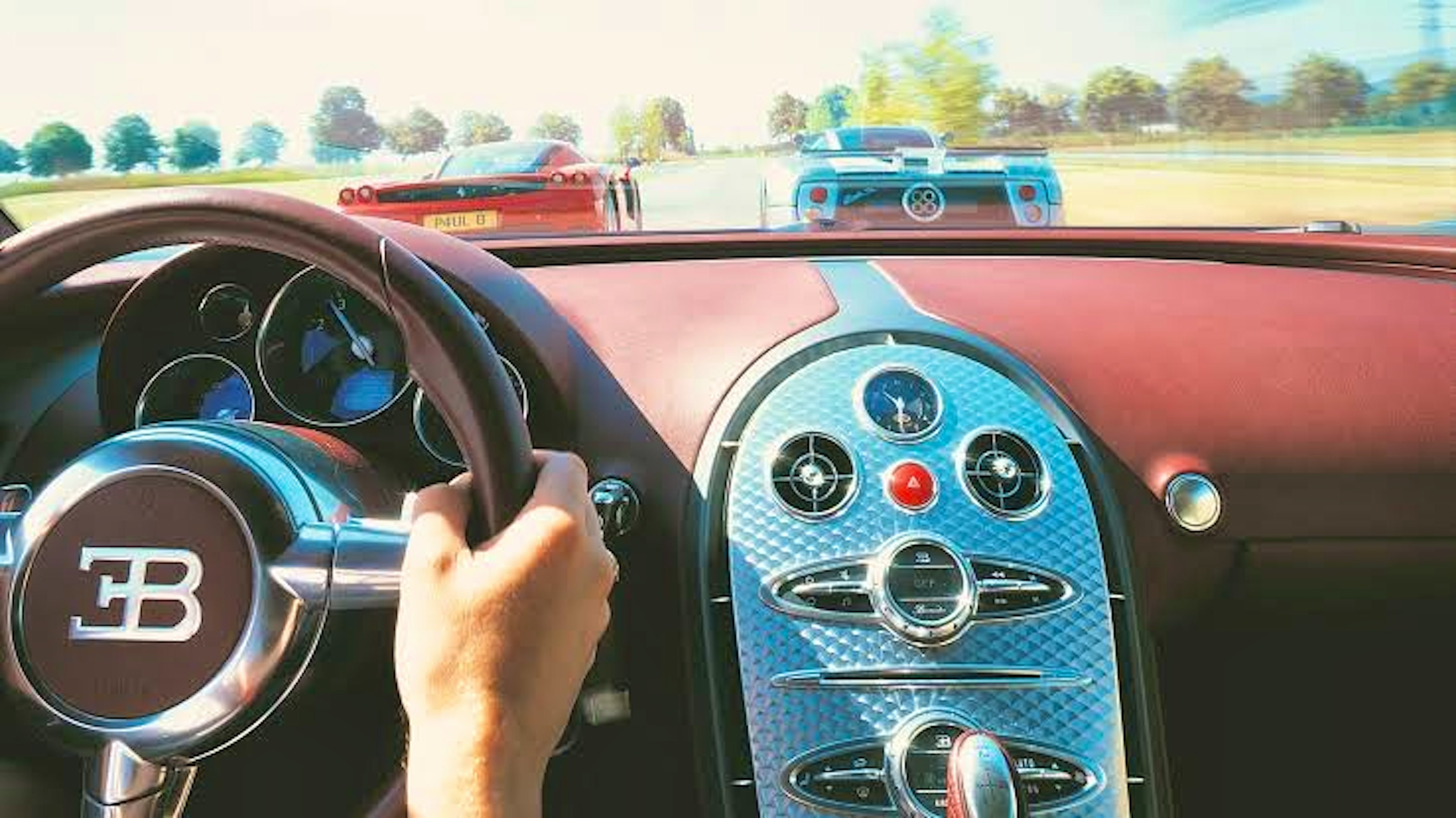



















📚 Knowledge Factory by Nish🤙 I’m back with a bang on articles about unique, quirky & unbelievable cars ever in automotive history🏁 Old KarPage uses know about the posts I did earlier on knowledge factory 💪 So stay tuned I’ll be posting 2 interesting 🚘“Knowledge Factory “ every week. ☕️ Grab a coffee & enjoy this masterpiece machine ⚠️🔥Bugatti Veyron🔥⚠️ The Chiron might have taken its place, but Bugatti’s first no-expenses-spared hypercar has firmly cemented its place in automotive history as one of the greatest. 🔺History First displayed in concept form at the 1999 Tokyo Motor Show, the Veyron came to fruition as something of a technical exercise for Volkswagen AG, showcasing its capabilities through the production of one of the world’s most capable road-going machines. Volkswagen’s acquisition of the Bugatti name in 1998 sparked the creation of multiple outlandish concepts, the two-door EB 118, four-door EB 218 and the more recognisable 18/3 Chiron, all with a proposed 6.3-litre, 545bhp W18. The latter was the world’s first glimpse at the Veyron, with it later becoming the 16/4 Veyron concept before morphing into the production car we see today. The brand showed initial promise, producing machines for both the road and track more capable than most cars of the time – the first ever Monaco Grand Prix, held in 1929, was won by William Grover-Williams in a Bugatti Type 35B, and the brand even held two Le Mans wins to its name. This era was relatively short-lived, coming to an end in 1952 following financial struggles, a consequence of the death of company founders Ettore and Jean Bugatti. A period of attempted revivals and aircraft part production ensued, up until 1987 when it was acquired by Italian entrepreneur Romano Artioli. The brand's famous Modena factory was opened in 1990, just ahead of the start of EB110 GT production. Despite a reasonable amount of success with the supercar, poor finances once again led to the cease of operations in 1995, a few years before the Volkswagen Group’s acquisition and the brand’s rebirth in 1998. Bugatti confirmed production for its W16-powered hypercar in 2001, around six years after the production line for the EB110 was brought to a close. The first customer car rolled off the brand’s Molsheim production line four years later in 2005, with a total of 450 examples produced between then and the end of production a decade later in 2015. 🔺Engine and transmission Though early concepts boasted a three-bank W18, an 8.0-litre, quad-turbocharged W16 is what you’ll find under the skin of the production Veyron, featuring four banks of four cylinders for an output just shy of 1000bhp, 922lb ft of torque and consequential performance figures that many have struggled to match even 15 years on. 253.81mph was the top speed recorded at Volkswagen Group's Ehra-Lessien test facility in 2005, a figure the standard Veyron 16.4 could achieve simply through the use of the model’s ‘speed key’, lifting the standard 213mph limiter. Helping keep the powertrain within safe temperature limits, Bugatti’s boffins employed 10 radiators alongside a host of other cooling componentry. Sending power to the ground is a Ricardo of England seven-speed dual-clutch automatic transmission, capable of shifting in just 150 milliseconds, faster than the 160 milliseconds of the track-only Ferrari FXX Evo of the same period. Harry Metcalfe said: ‘The seven gears slip home with no hint of lost momentum, yet without suffering from that slightly disconnected feel you get with a manually operated auto box (or even an automated manual for that matter).’ Of course, a mere 253mph wasn’t quite enough, and so the Super Sport was launched in 2010 with new, larger turbochargers, freer-flowing inlet manifolds, a remapped ECU and bigger charge-coolers. The result was an increase of almost 200bhp over the ‘regular’ car, bringing the total to 1183bhp - engineers said the unit was capable of more still, but that the gearbox wasn’t up to the task. When Chris Harris drove it for evo, he described it thus. ‘There’s quite a lot of turbo lag in the Super Sport: you push the throttle pedal down and it takes a second for the turbos to spool up. This is never a problem, because even while they’re doing it, the car still feels as fast as a 911 Turbo…’ ‘Tellingly, when there are two people in an SS they talk liberally because the thing is so damn refined, but when the taps open, there is silence. You can’t talk because your brain is trying to work out if you were propelled at the horizon, or if the horizon was just dragged onto your face. It’s uncanny, ludicrous and, I think, completely addictive.’ The tyres are quite an impressive feat, too, made specifically for the Veyron by Michelin to handle the unfathomable forces encountered during a 250mph+ run. Aiding stability and traction are widths of 365mm rear and 265mm front, with each tyre wrapped around a set of polished OZ wheels. 🔺Interior Despite what the numbers might lead you to believe, the Veyron’s cabin is more akin to a Bentley’s than a car designed for outright top speed. Exquisite leather upholstery (complemented by a healthy dose of carbon fibre, of course), a comfortable door aperture and even a rear-view mirror-mounted reversing camera display all make it a surprisingly liveable machine.
Skud
@Nish7 I used to read all of them. Keep it going I like it
noredbeard_____
Great article! Always cool to read up on cars like this
nik
Amazing post Nish 👏👏👏👏